Working Principle and Chemical Reaction Type of Lithium Battery
Lithium battery it is a common secondary battery, which has the advantages of high energy density, long cycle life and low self-discharge rate, and is widely used in various electronic equipment and vehicles. Its working principle and chemical reaction formula are the key to understand its performance and application. The working principle and chemical reaction formula of lithium battery will be introduced in detail below.
I. Working principle
lithium battery converts chemical energy into electric energy through chemical reaction to realize energy storage and release. Its basic working principle includes two processes: charging and discharging:
-
charging process: during the charging process, the lithium ion in the cathode material of lithium battery (such as lithium manganese oxide, lithium cobalt oxide, etc.) is oxidized, moving to the negative electrode and embedded in the graphite lattice of the carbon negative electrode to form lithium metal, at the same time, electrons flow to the positive electrode through an external circuit to complete the electrochemical reaction.
-
Discharge process: during the discharge process, a chemical reaction occurs between the positive and negative poles of the lithium battery. The lithium ion is disembedded from the negative pole and moved to the positive pole to release the stored electric energy. At the same time, the electron flows from the negative electrode to the positive electrode and drives the electronic device to work through an external circuit.
II. Chemical reaction formula
the chemical reaction formula of lithium battery mainly includes two processes of charging and discharging, as follows:
- charging process:
positive reaction: LiCoO2 & rarr; Li1-xCoO2 + xLi + + xe-
negative reaction: C + xLi ++ xe- & rarr; LiC
overall response: LiCoO2 + C & rarr; Li1-xCoO2 + LiC
during the charging process, the oxidation reaction of the positive electrodeThe lithium ion moves to the negative electrode, while the electron flows to the external circuit to complete the charging and charging of the battery.
- Discharge process:
positive reaction: Li1-xCoO2 + xLi + xe- & rarr; LiCoO2
negative reaction: LiC & rarr; C + xLi ++ xe-
overall response: Li1-xCoO2 + LiC & rarr; LiCoO2 + C
during the discharge process, lithium ions are de-embedded from the negative electrode and moved to the positive electrode, and the stored electric energy is released at the same time to complete the discharge and discharge of the battery.
Lithium battery realizes energy storage and release through chemical reaction between positive and negative poles during charging and discharging. Its working principle includes the movement of lithium ions between positive and negative electrodes and the flow of electrons in external circuits to complete the charging and discharging process of the battery. The chemical reaction formula describes the redox reaction occurring during charging and discharging, and reveals the mechanism of energy conversion in lithium batteries.
 Dongguan Juneng New Energy Technology Co., Ltd.
Dongguan Juneng New Energy Technology Co., Ltd.
 137 5142 6524(Miss Gao)
137 5142 6524(Miss Gao)
 susiegao@power-ing.com
susiegao@power-ing.com
 Xinghuiyuan High tech Industrial Park, Dalang Town, Dongguan City, Guangdong Province
Xinghuiyuan High tech Industrial Park, Dalang Town, Dongguan City, Guangdong Province


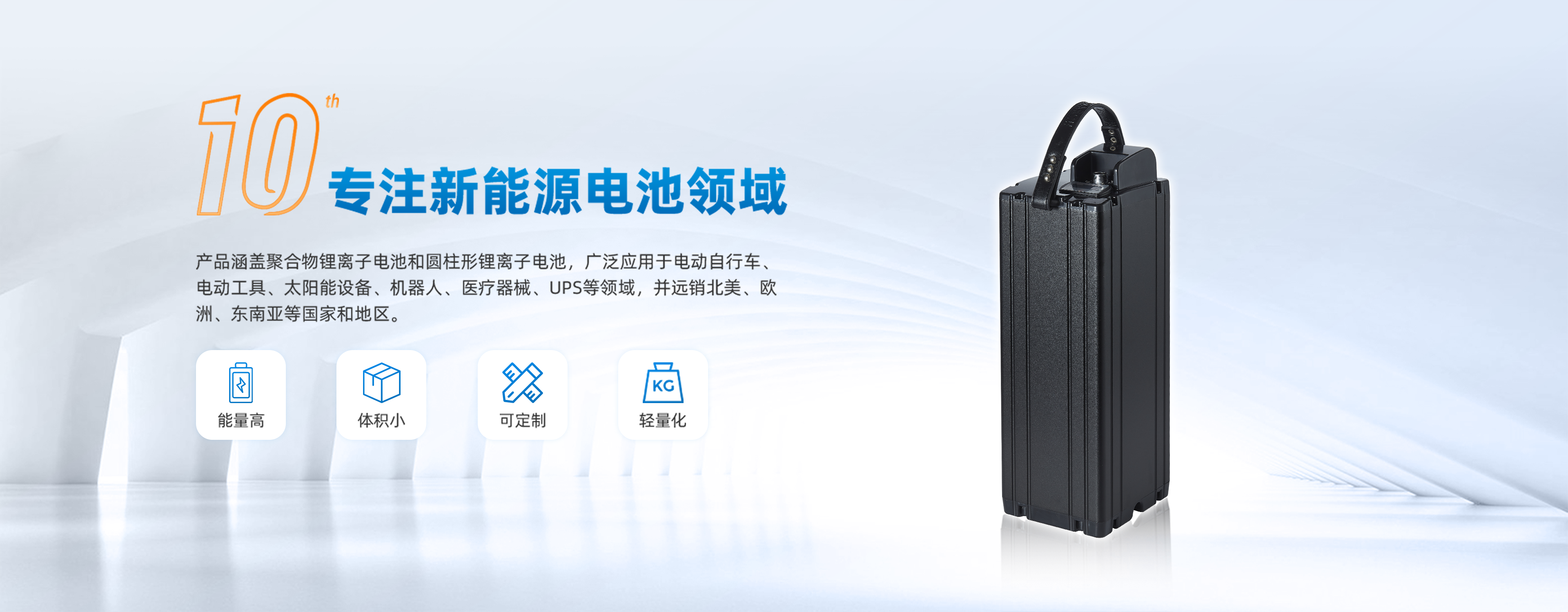
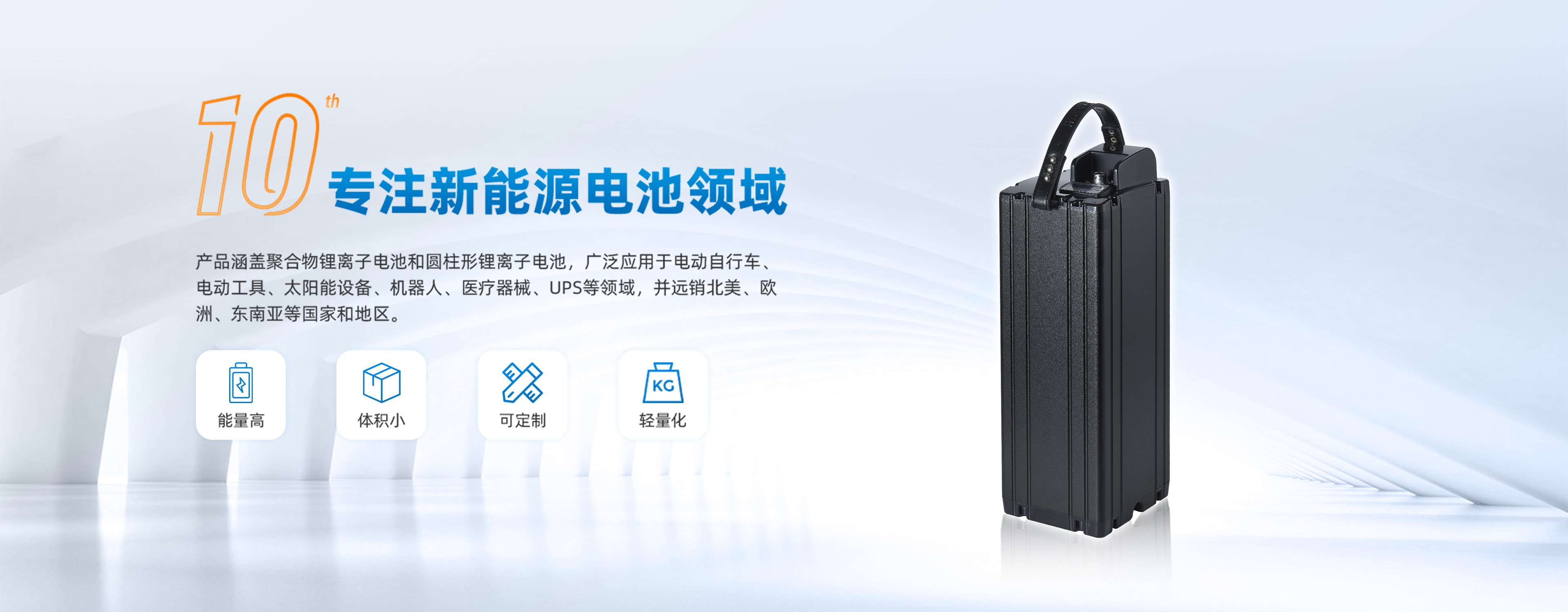
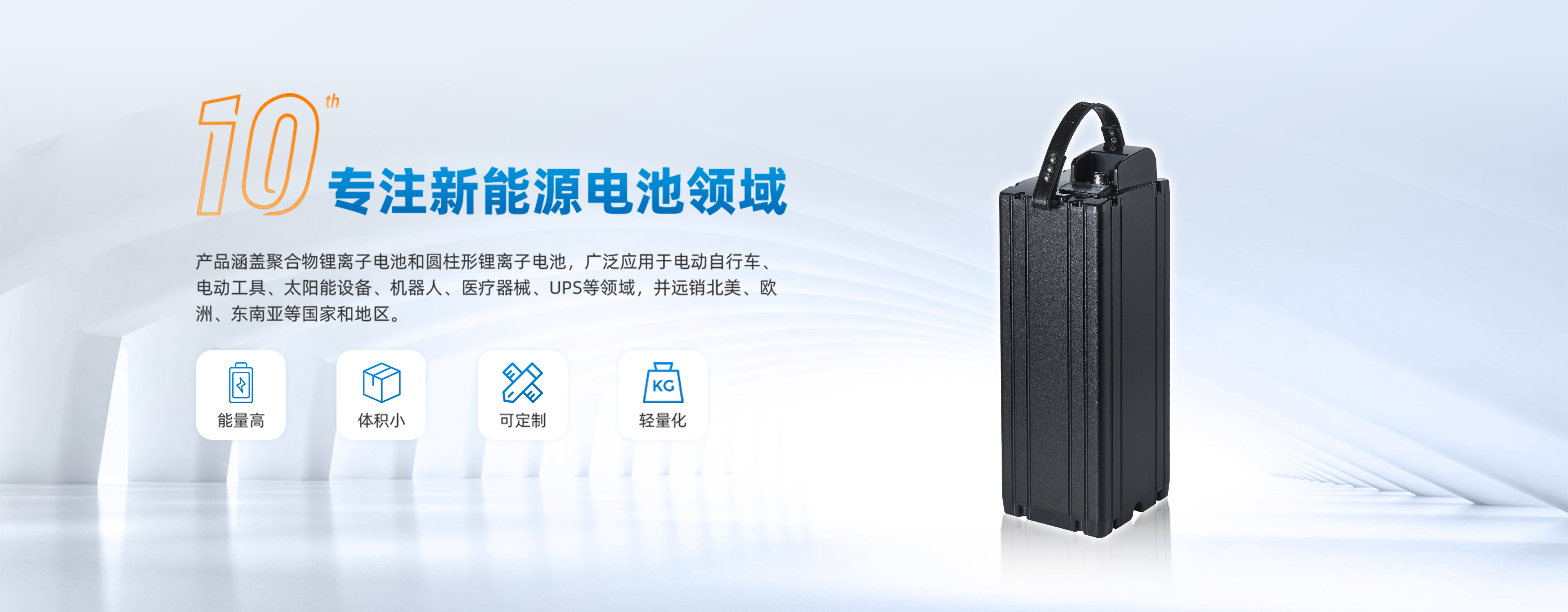



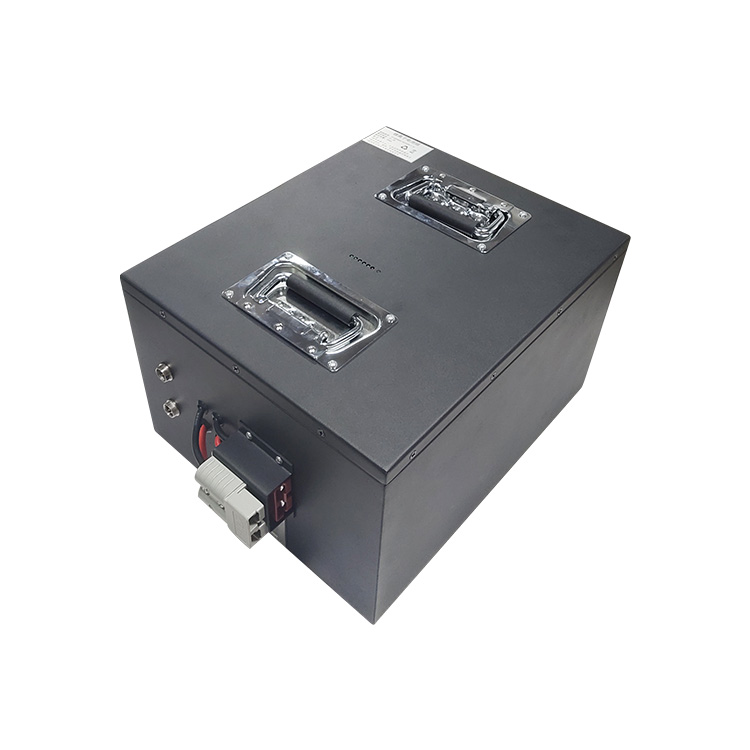


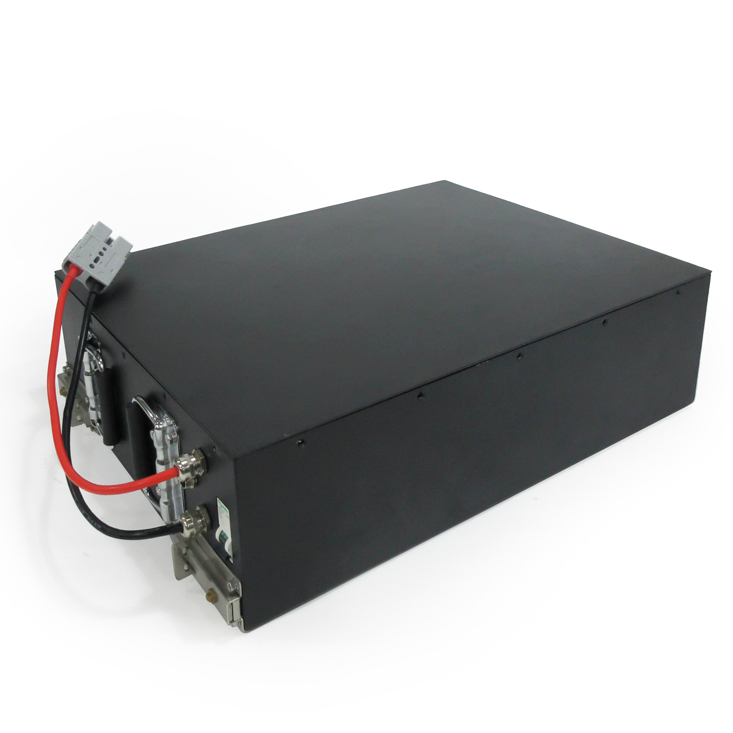

 Yue Gong Wang An Bei No. 4419002007491
Yue Gong Wang An Bei No. 4419002007491